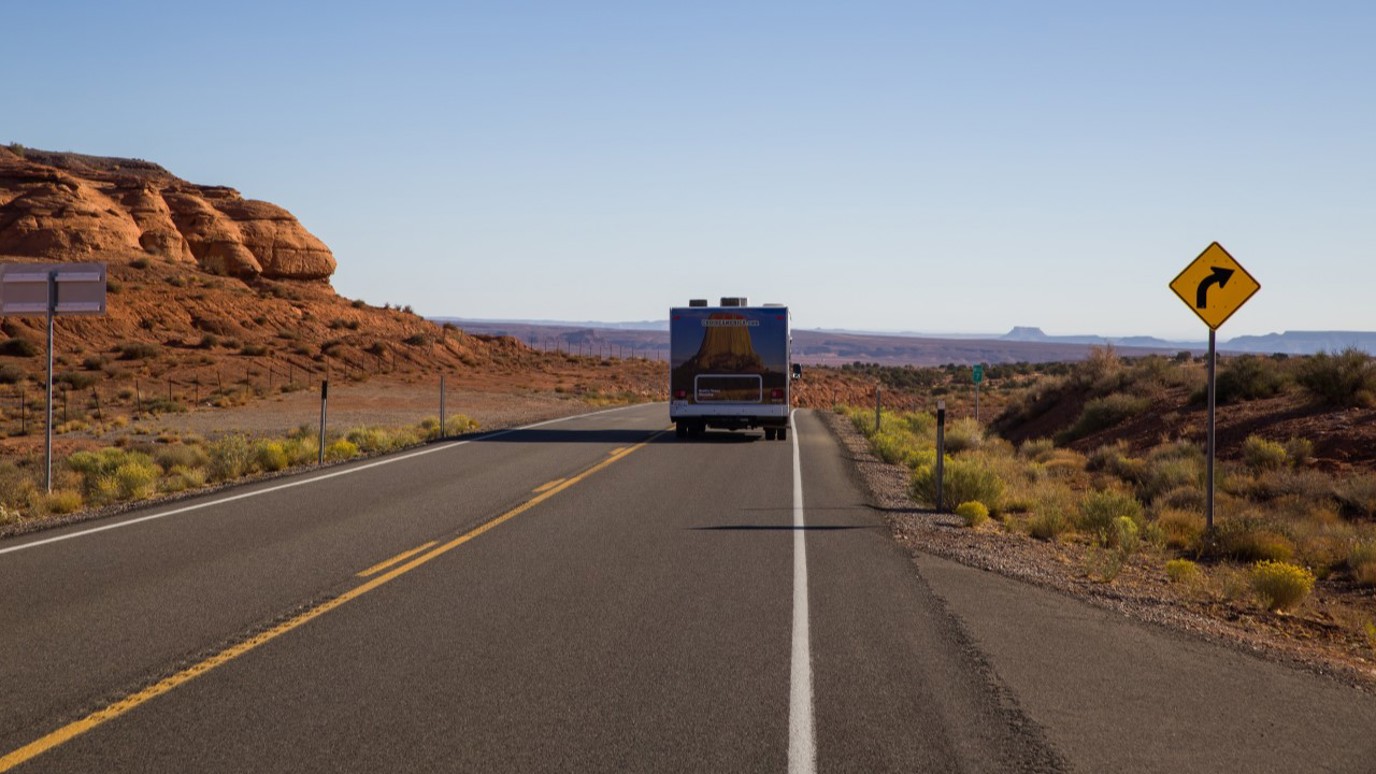
What are the Main Differences between Driving in the USA and the UK?
ShareRoads and driving norms in the US and the UK vary considerably. From the side of the road you drive on, to the width of the roads, road layouts, speed limits and the vehicles themselves.
In this quick guide, we’ve rounded up all of the key distinctions between driving in these two countries.
Driving in the UK vs the US: A comparison
| UK | USA | |
|---|---|---|
| Drink driving (or ‘DUIs’) | Legal blood alcohol concentration is 0.05% | Legal blood alcohol concentration is 0.08% (additional statutes in some states) |
| Driving side | Left | Right |
| Road sizes and layouts | Narrower roads, fewer lanes, irregular layouts | Wider roads, more lanes, grid layouts |
| Roundabouts and intersections | Roundabouts more common | Intersections more common |
| Speed limits | Measured in miles per hour (standard signage across the country) | Measured in miles per hour (different signage from state to state). |
Drink driving or DUIs
Driving regulations and laws in the UK and the USA have quite a few key differences, from those related to drink driving, to speed limits and general rules of the road. One of the things that catches people out the most when journeying across the pond towards the UK is alcohol limits. The legal blood alcohol concentration (BAC) limit for driving under the influence of alcohol in the US is 0.08% in the USA, whilst in the UK, this is lower at 0.05%.
Driving side
One of the most notable differences between driving in these two countries is the side of the road you drive on. In the UK, vehicles travel on the left, whilst in the US, vehicles drive on the right. This means that overtaking takes place on the left hand side in the US, whilst in the UK vehicles overtake on the right. It also affects roundabout navigation, as in the UK, drivers give way to those coming from their right, whilst in the US - you guessed it - they give way to those on the left.
Road sizes and layouts
As a general rule of thumb, roads in the US are much wider than those in the UK, which is no surprise given that cars are generally far larger across America than they are in the UK. Also, these road widths generally reflect the difference in country size overall.
Roads in the US typically have more lanes than those in the UK, even being home to the world’s widest highway (aka motorway), Katy Freeway. This 26 lane strip can be found in Texas and serves more than 219,000 vehicles per day!
Another noticeable difference in road layouts is grid systems. In the states, grid systems are in place in most major cities, with streets meeting at right angles as standard. This is far less common in the UK though, where road layouts tend to follow much less structured configurations.
Roundabouts and intersections
Roundabouts can be found all over the UK, from large cities to smaller towns and rural regions, whether they tend to be more complex, multi-lane roundabouts or ‘mini roundabouts’ with just one or two exits, they’re very much commonplace on UK roads. However in the US, roundabouts are a rarity and instead, intersections are far more utilised. In recent years though, many cities and states across the US have started to incorporate roundabouts in new road layouts, thanks to their safety and efficiency.
Speed limits
One of the key differences we encounter when driving in a different country are the speed limits and the way in which speeds are measured (mph vs kmph). Most countries around the world use kilometres per hour instead of miles per hour. Fortunately for UK drivers, the USA also uses miles per hour, so that is one thing less that drivers from the UK have to worry about. It is important to note that speed limits and the signs to represent these can differ vastly from one state to another, whilst in the UK, road signs to represent speed are standardised.
We hope this comparison of the key differences between driving in the UK and the USA has proved useful. If you’re thinking about taking a road trip in the US, why not check out our range of RVs, campervans and motorhomes available for hire?
You can find more information about US and UK driving laws here:





